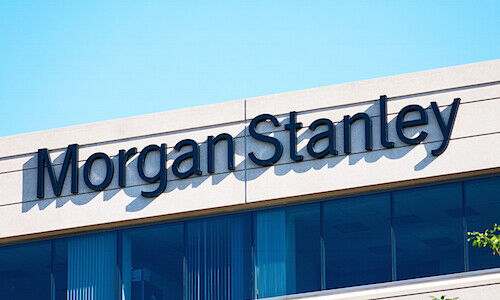Neil Hitchen is an International Director and Head of Markets, Japan at JLL. He provides strategic direction for the Japan Markets business and oversees the firm’s key client relationships. Today he gives us his overview on the prospects of Tokyo in the run up to the 2020 Olympic Games.
Olympic bid winners often fall prey to being overly ambitious when it comes to rebuilding their city in preparation for the big event. When the athletes go home, medals in hand, citizens are left to deal with a painful hangover of redundant sites and impractical facilities.
In Tokyo’s case, the recent controversy over the Zaha Hadid Olympic stadium questions whether Olympic projects are sustainable in the long run. Will Tokyo’s Olympic facelift have far reaching effects on the city after the games are gone?
Developers are working hard to makeover central Tokyo, including adding new roads, better rail connections and redeveloping key areas. An example of this is the Loop Road No. 2 project between Shinbashi and Toranomon. The plan is to create a wide avenue not unlike the Champs de Elysees in Paris, filled with coffee shops, expensive boutiques, and upscale office parks. There is some precedent in the likes of Ark Hills and Roppongi Hills in driving gentrification in Roppongi and Akasaka, helping to polish the area’s seedier reputation.
In line with the Loop Road No. 2 project, Toranomon is also slated for further revitalisation with a Roppongi Hills style ‘international city centre’. In order to service the area Tokyo Metro Co. are building a new subway station on the Hibiya Line. Plans are also in the works for a new station on the Yamanote line and a line connecting urban business centers, Tokyo and Ueno. This would make it easier to commute to the north of Tokyo but is likely to be a major undertaking.
Haneda Airport is also set to undergo billion dollar improvements, which will deliver a new runway, expanded facilities at the international terminal and new rail links to better connect the airport to downtown Tokyo. The introduction of reduced landing fees for international flights will also encourage airlines to divert flights to the more convenient city side airport.
All of this change comes with some measure of protest, of course. After widespread criticism, last week, the government finally scrapped plans to build what would’ve been the most expensive sports stadium ever built. Instead the ministry will launch a global bid to find a new design, with construction to commence in 2016. The decision has been met with much approval, suggesting that perhaps sustainability has its place on the government agenda.
There’s also objection towards the New Toyosu Market area. When finished sometime in the next financial year, Toyosu will be the new home of the famed Tsukiji fish market. Critics suggest that the new area with its shopping areas and hotels (and possible integrated resorts) cheapen if not completely wipe away a sense of tradition.
So, can Tokyo come out the other side of the construction boom a better, more vibrant city that attracts an even larger number of tourists and businesses from around the world? Or will the air go out of the balloon once the Olympics are over and this flurry of activity turns into a case of bad spending?
So far, the government has been successful in its efforts to boost tourism. Half year arrival figures sit at 9.14 million, with full year numbers set to reach 18 million. Further relaxing of visa regulations and improved accessibility for foreign visitors will ensure that the government reaches its 20 million by 2020 target much sooner than anticipated.
Tokyo seems to be on the right path and the Olympics is providing the perfect vehicle (and plenty of enthusiasm) to push for growth in an economy where it is desperately needed.
If London is anything to go by, staying true to what makes a city great and not getting carried away with Olympic-fuelled construction is key to success.




















